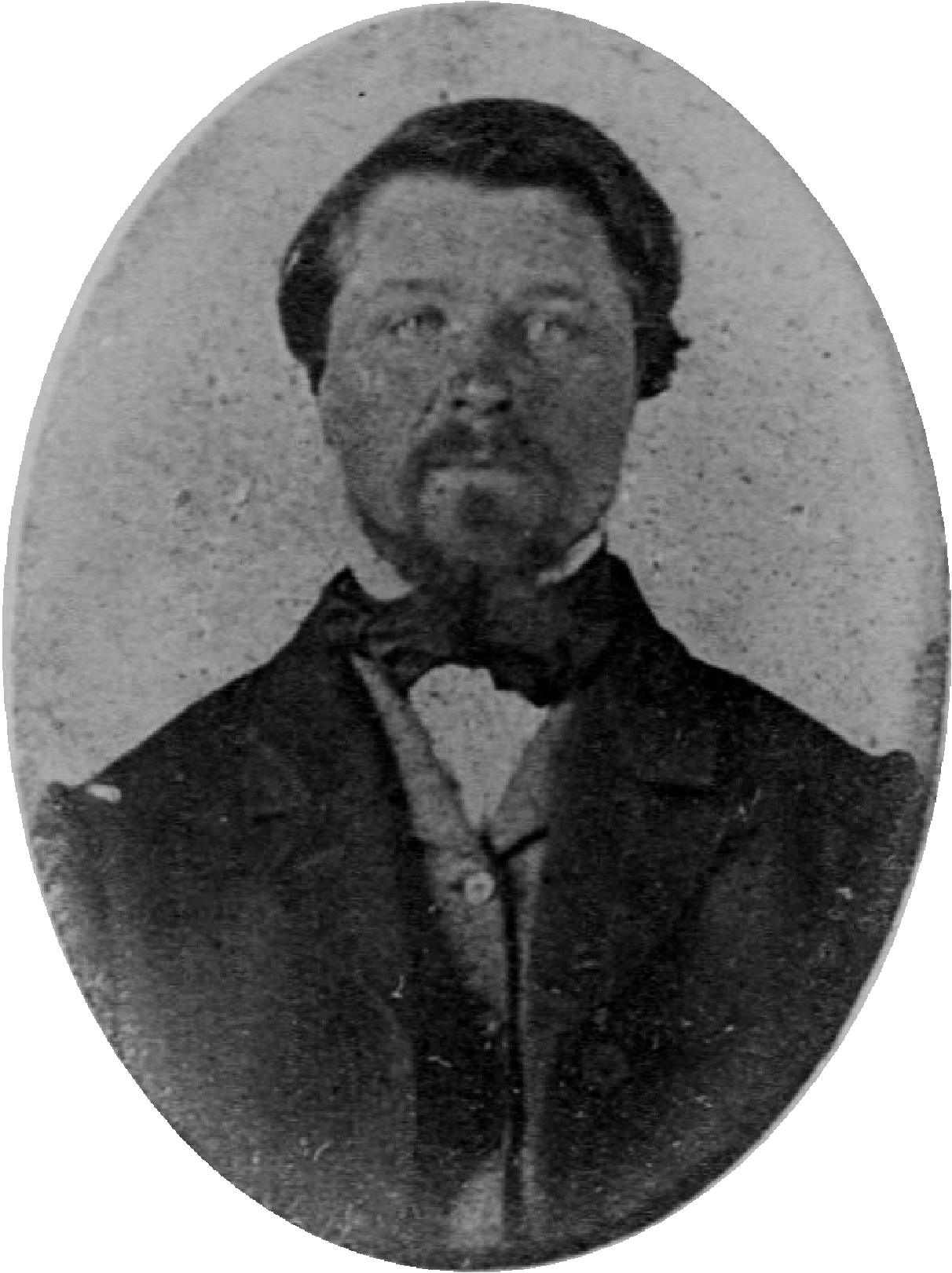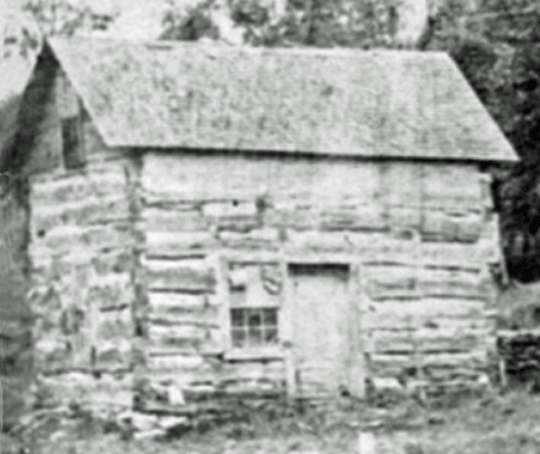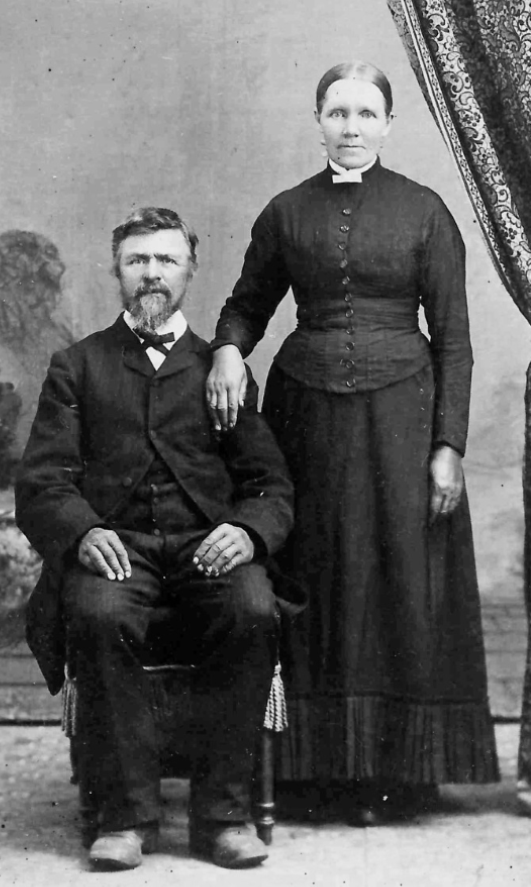Peter Peterson – Wisconsin 11th Infantry Company E

Vesterheim’s Norwegians in the Civil War reports WI 11th Inf Co E. Residence: Moscow, Iowa County, Wisconsin. Born in Norway. Civil War: Farmer. Age 40. Blue eyes, brown hair, dark complexion, 5’4”. Drafted. Enrolled 14 Mar 1865. Private. Mustered out 4 Sep 1865.
Peter fought in the battle of Fort Blakely in Alabama on April 9, 1865, the last combined force of the Civil War. The 1890 Veteran’s Schedule reports he served 7 months and 4 days.
That seems so concise and almost antiseptic. What is a mire seven months? But these are people and not just entries in a rooster or book. The descendants of Peter are fortunate to have some family stories to give them a glimpse at what the family experienced as it was happening.
of her paternal great grandparents.
The words in italic are from Grandma Smiles written by Della (Peterson) Loui based on her interview with her grandmother Deoline.
Peder Pederson Bratbakken was born December 31, 1824 at Bratbakken in Toten Prestegjeld (Parish), Ostre Toten Kommune (municipality), Oppland flyke (county), Norway. He was the fifth child of Peder Halvorsen Bratbakken and Helene Jensdatter Skarten. On April 9, 1853, the ungkarl (bachelor) Peder Pederson, age 28 married the pige (maiden) Deoline Pederine Olsdatter, age 22.
On April 27, 1853, just eighteen days after they married, the couple started their journey for America. They boarded the sail ship, Deodata in Christiania (Oslo) on April 28th, 1853 and arrived in Quebec on June 15, 1853. They spent the first two years in the Koshkonong settlement.
For those of us who have Norwegian ancestors we’ve probably have had family members at the Koshkonong and Perry settlements. For those that aren’t familiar with the two settlements, here’s a little background. The first Norwegian settlers arrived at the Koshkonong settlement about 1836. It was in eastern Dane County and western Jefferson County and became the largest Norwegian-American community in America by 1841. Over half of all Norwegian immigrants lived in the Koshkonong settlement by 1850.
The Perry Settlement in western Dane County was a part of the Blue Mounds Settlement. The Blue Mounds Settlement was established in 1848 and encompassed over 250 square miles from Black Earth to Blanchardville and from New Glarus to Barneveld. By the 1880’s it was organized into eight Norwegian Church congregations. The village of Daleyville started to form about 1854 high on a ridge and would become the home of the Perry Lutheran Church.
From Koshkonong, the Peterson family settled in Moscow Township just east of Adamsville. The family attended the Perry Lutheran Church. One of their first tasks after locating the land they decided to settle on was building a shelter for the coming winter. With the limited tools and supplies they had, the task was an enormous undertaking. Peder, Deoline and their infant son spent their second winter in Wisconsin in their own dugout home in the wilderness of Iowa county.

In the spring of 1855 Peder started building their one room log house and they moved in before the coming winter. They cut marsh hay, cleared and planted fields and grew a garden. We soon discovered Yankee neighbors about three miles west of us and the knowledge helped to give us a feeling of security. Peder built a beautiful log cabin, even putting an upstairs in it. He could hew logs as beautifully as he could make shoes. And he did the prettiest job of chinking in the country.
We did not even know about the war clouds hovering over our heads in those halcyon days and we never dreamed that Peder would ever be called upon to serve in the army. We dreamed instead of our future wealth, and of the lovely home that would be ours someday, and of our great fields of corn and hay. One day Jud Bates rode up on his fine horse. He was a rich man, as riches were counted then, with four stalwart sons and two pretty daughters. He began to count out golden eagles to Peder. Ten of them. We had never seen so much money. Peder’s eyes bulged, as Jud patiently explained to him that he, Jud, had been drafted to fight the rebels, and there were over a hundred reasons why he did not wish to go. “All this money is yours if you will just take the name ‘Jud Bates’ and go to the war in my place,” he finished deliberately. “If I were such a fool as you think I am, I ought to take it,” said Peder. “But don’t get it into your head for one minute that I am going to leave my wife and baby alone in the wilderness in order to save anybody’s neck. Keep your money. I’m not interested.” “Then you a fool,” cried Jud heatedly. “The draft will get you anyway, and then your wife and baby will be here alone without a penny. This way they could live in some comfort until the cursed war is over.” “The draft may claim me. If it does, I will go like a man and under my own name. But I’m no snake in the grass for anybody.”
The Civil War finally caught up with Peder and he was drafted and enlisted on March 14, 1865 into the Wisconsin 11th Infantry, Company E. It was difficult for Deoline when Peder left for the war, leaving her with four children alone on their farm. Peter Olaf was eleven years old and certainly a lot of help. Eline was almost seven, Martin was two and the new born, Berte Marie was two months old.
Peter fought in the battle of Fort Blakely in Alabama on April 9, 1865, the last combined force of the Civil War. Peter had been very ill with the fever and a disease called “egye,” that caused his body to shake. His discharge date was September 3, 1865. When the war was over, Peder found his way home. It is said that he walked all the way home! When he came to the door of their cabin, Deoline wouldn’t let him in, because she didn’t recognize the skinny, dirty, sickly man with a full beard who stood there. The two of them had had a “secret” between them about a certain clock, and it wasn’t until he mentioned this that she believed him and let him in.
He was never in perfect health after the war, but stayed on the farm. Their son, Johannes was born in January of 1867, Hilda was born in October of 1869, David Helmer was born in December of 1872 and Bernhart Henri was born in August of 1875. Their family was growing and their descendants were many. Their home-stead that was tucked into the rolling valleys that reminded them of Norway would remain in the family for generations.

and the original one room log cabin

Peter died on January 5, 1903 at the age of 78, at home in Moscow Twp. and is buried in the Perry Lutheran Cemetery. His grave stones harken back to his Norwegian roots. The name on their headstone is BRATBAKKEN and his foot stone has Peder Pederson. There is a service star by his grave which bears the inscription, “G.A.R. 1861-1865”.
Deoline died on March 8, 1918 at home in Moscow Twp. and is buried with Peter in the Perry Lutheran Cemetery.
